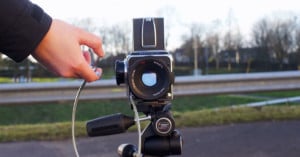
A Medium Format Shooter’s Photographic Process
Photographer Andrew Jamieson was recently asked to give a presentation at work on …

Photographer Andrew Jamieson was recently asked to give a presentation at work on …
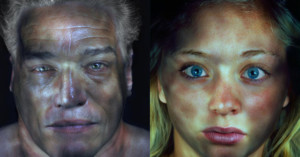
Photographer Gary Schneider shoots portraits with a rather unusual technique. For his project titled Faces, Schneider had his subjects lie on a black backdrop under his large format camera and then sit still for eight minutes while Schneider slowly illuminated the details of their faces with a small light.
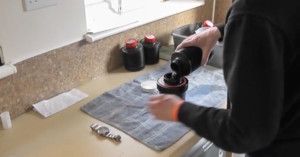
If you’ve ever been interested in developing your own film, but don’t know where to get started, this comprehensive video by YouTube user Photography_Bloke might be just the resource you’ve been looking for.
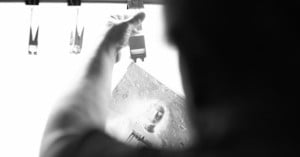
In the world of analogue photography, the larger you go in format, the more time, discipline and resources it typically takes to capture and develop your photographs. And while the age-old technique of developing film takes due diligence no matter the format, large format photography in particular has a certain quality to the process that makes it stand out from the rest.

I did my first surreal photoshoot with a model this past weekend. Here's a breakdown of the process from start to finish.
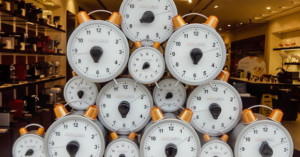
As I sat trapped in a coach seat on an aged and tattered American Airlines airplane I had time to think about the whole spectrum of art photography. I wanted to have a clearer window into the different ways in which people who aren't using their cameras to make a living in a traditional, commercial application of photography approach their subjects and their understanding of style. How much is generated internally and how much is a reflexive reaction to a world inundated in images?
I spoke with a person in the film industry on Friday. We were talking about HMI lighting and he made a remark concerning still photographers. I give him credence since his background originally included a successful career in photography. His remark, in regards to the real lack of lighting acumen among most shooters was this: "There's no such thing as a good photographer under 40."

After almost two years of shooting film nonstop and more than $1,000 worth of expenses on processing and prints, I needed to reconsider my budget and find a way of being able to shoot more and pay less. I thus began to process my C-41 rolls at home. It's extremely easy to do and I‘ll show you today how to do it, step by step.
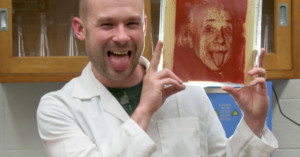
Microbiologist-turned-photographer Zachary Copfer has developed an amazing photo-printing technique that's very different from any we've seen before. Rather than use photo-sensitive papers, chemicals, or ink, Copfer uses bacteria. The University of Cincinnati MFA photography student calls the technique "bacteriography", which involves controlling bacteria growth to form desired images.
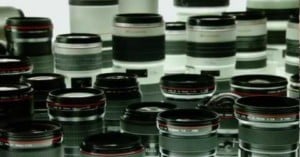
Here’s a promotional/educational video by Canon that explains both how digital cameras work and how it manufactures them. Interesting …
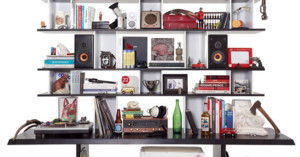
By and large, as a professional of whatever description, clients hire you based on experience and expertise, grace under pressure, problem-solving skills, and your finely-tuned ability to transcend the limitations of the assignment and distill the essence of an idea into its most purely realized form.
Okay so that’s what they tell you in college, but honestly it’s mostly just blather. Assignment photography is a hot-dog factory where the end results are images rather than sausages. If people saw what went into some of this stuff there’s no way they’d want anything to do with it. The sad reality is that there are all kinds of reasons you’re brought in on projects, some of them more edifying than others. Sometimes you’re exactly the right person for the job, other times you’re just a camera monkey. My favourite is the “wouldn’t-it-be-cool-if” call, where everyone gets all excited about an idea that turns out to be completely impractical. Well, this is the story of one of those ideas that actually managed to see the light of day.
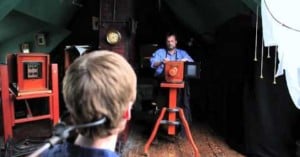
Ever wonder how photographs were made back in the days of the Civil War? This video by the George …
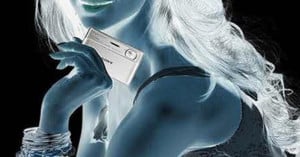
Here’s something that’ll blow your mind (sorry that it’s an ad): stare at the colored dots on this girl’s …
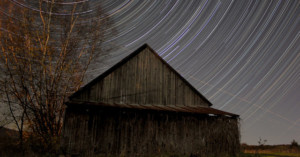
You’ve seen photos of star trails, and time-lapse videos of stars, but how about a combination of the two? …
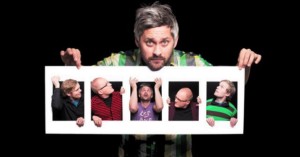
When Calle Hoglund had his buddies over one night editing a music video, …
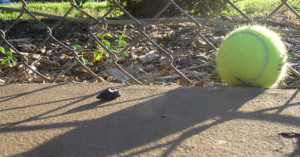
Here’s a photograph I randomly snapped on a tennis court a few days ago: It was taken with my …